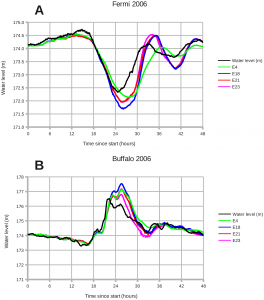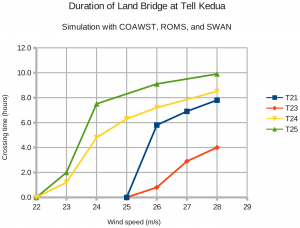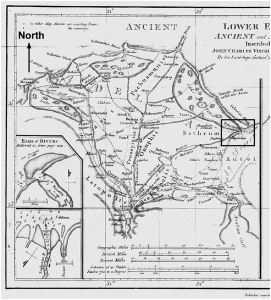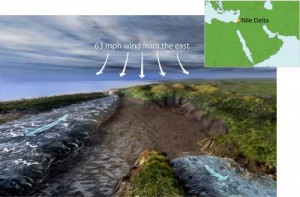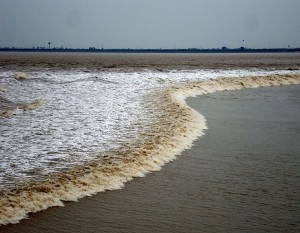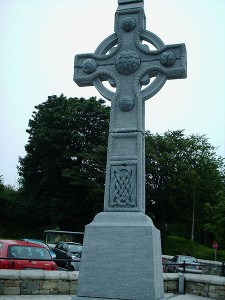Certain bloggers have begun to misrepresent my religious views on how God works through science and the natural forces. It’s time to post a clear statement (again).
Exodus 14:20-21 states:
Then Moses stretched out his hand over the sea, and the LORD drove the sea back by a strong east wind all night and made the sea dry land, and the waters were divided.
(Exodus 14:21 ESV)
We may summarize the Exodus passage as follows:
1. God sent the east wind.
2. The wind moved the water.
Part 1 is the realm of Theology since it involves Divine action. I would love to know if God used a low-pressure system here, but without further description I cannot tell.
Part 2 is the realm of Science. Wind moving water is what the COAWST ocean model calculates, and this is what I published in PLoS ONE in 2010.
If anyone wishes to replace Part 1 with a scientific statement and hypothesize how Moses knew where to stand at just the right time, they are free to submit a manuscript to their favorite scientific journal. Since the Bible says God sent the wind, I’ll stick with Part 1 as stated.
For readers of Funmurphys: the Blog who wish to know how God works through science, I recommend the following books:
“Finding Darwin’s God” by Kenneth Miller.
“The Language of God” by Francis Collins.
Anything by Karl Giberson.
These three Christians (and others) receive harsh criticism from Young-Earth Creationists and New Atheists alike. I am proud to be in their august company in one small way.
